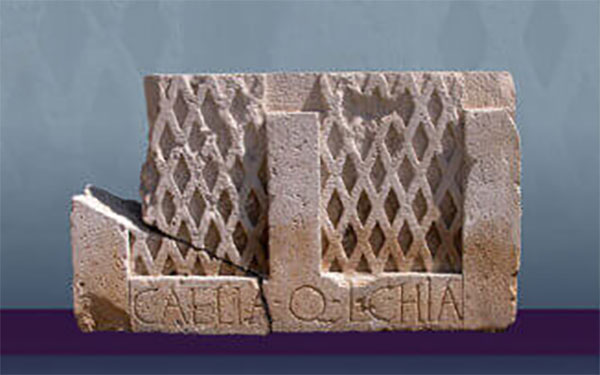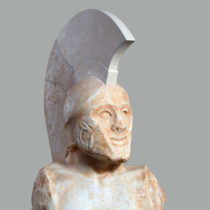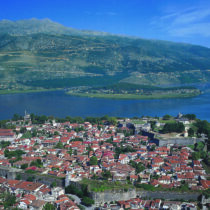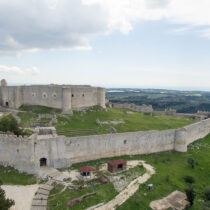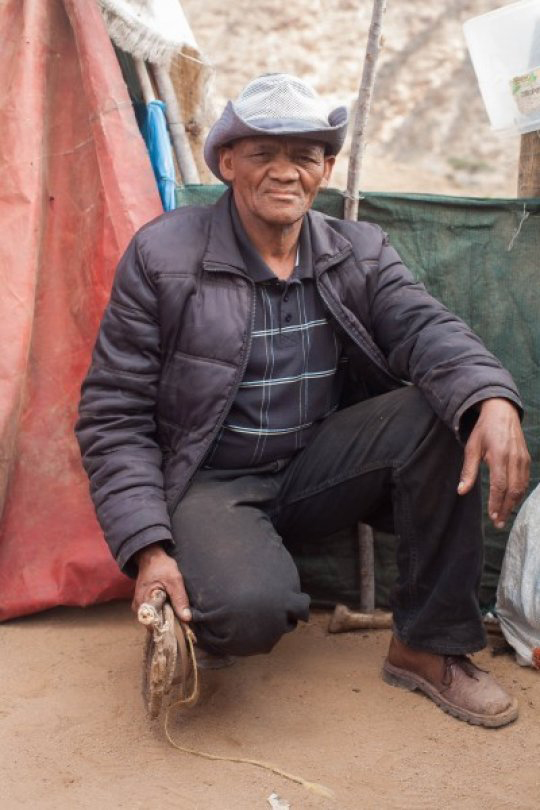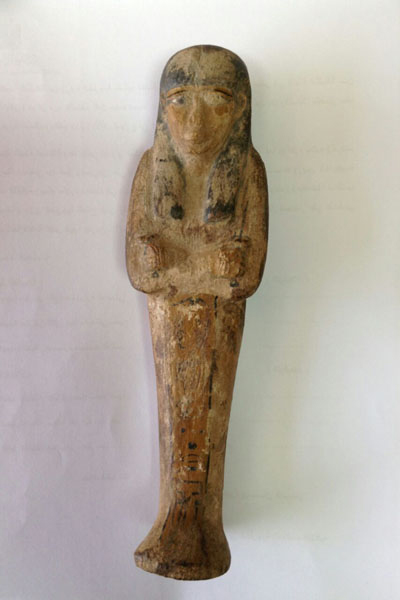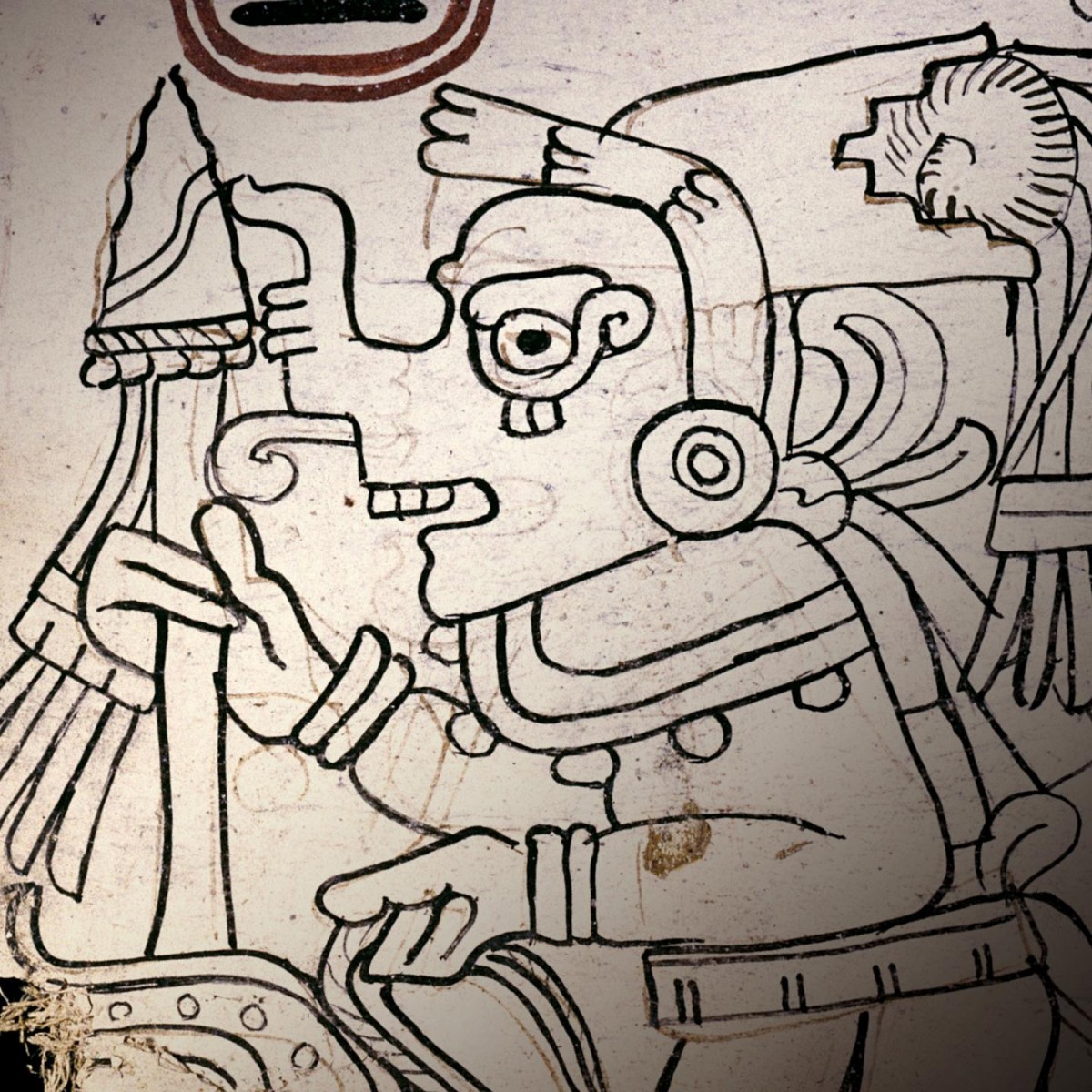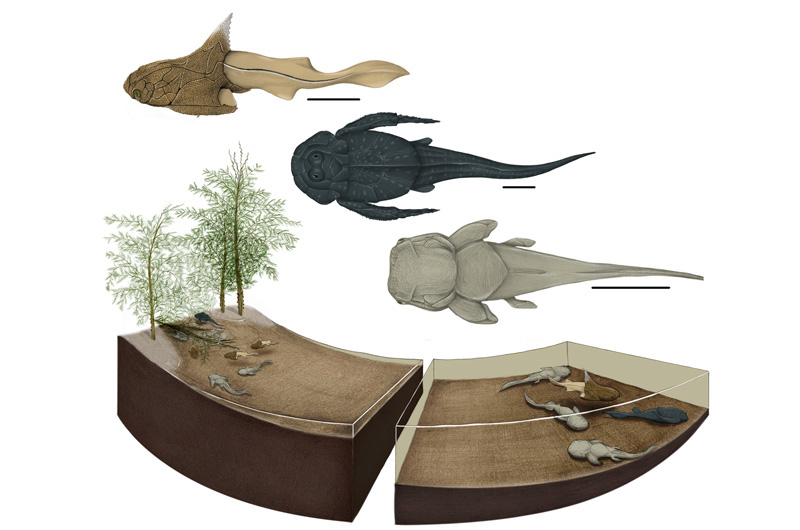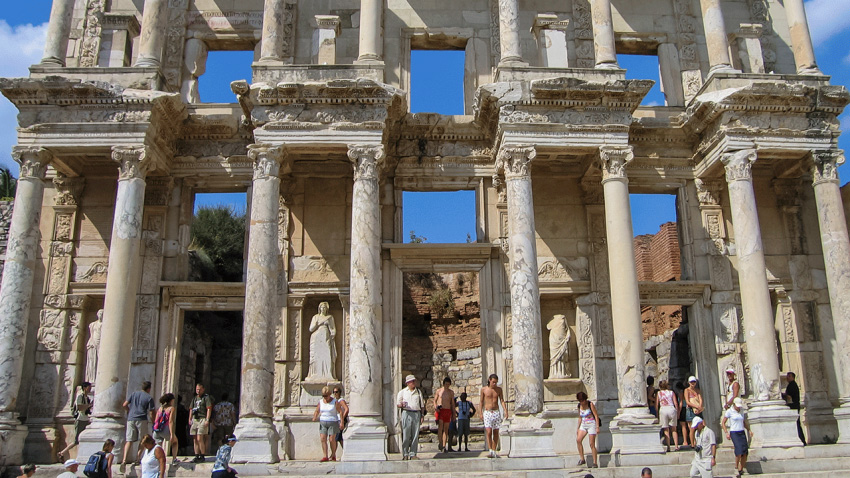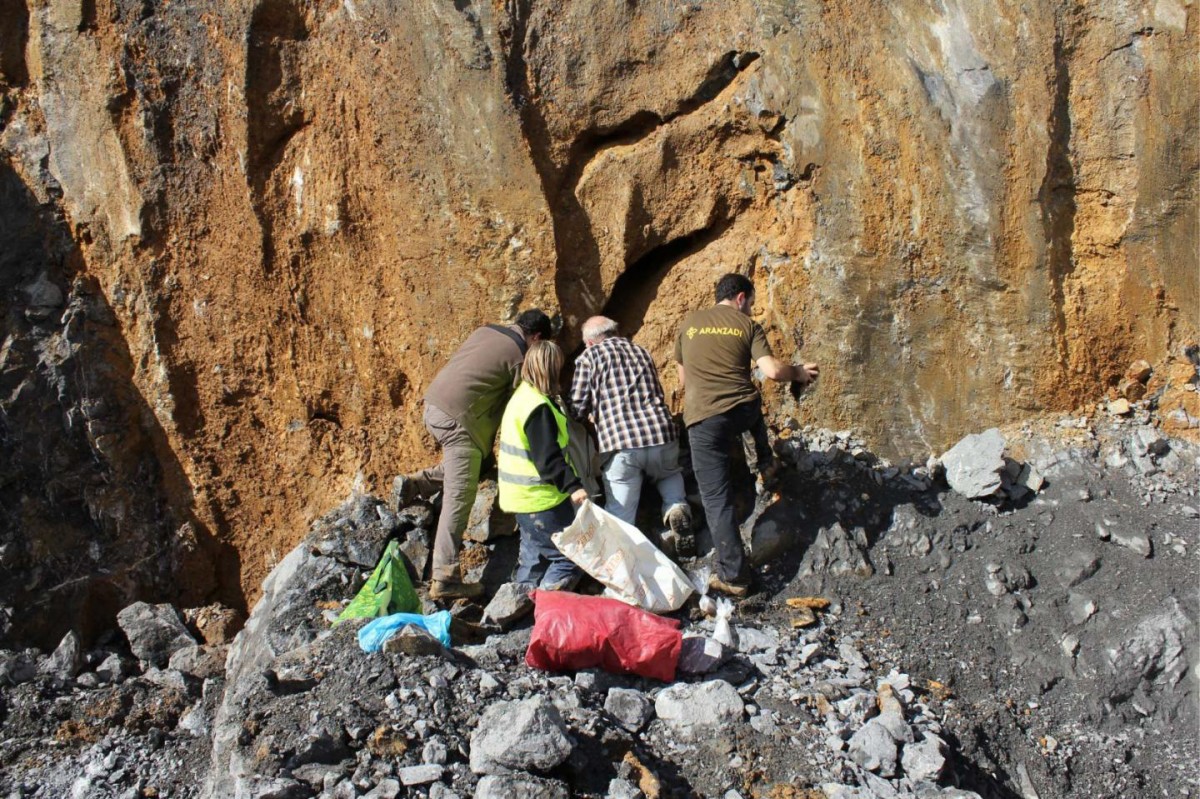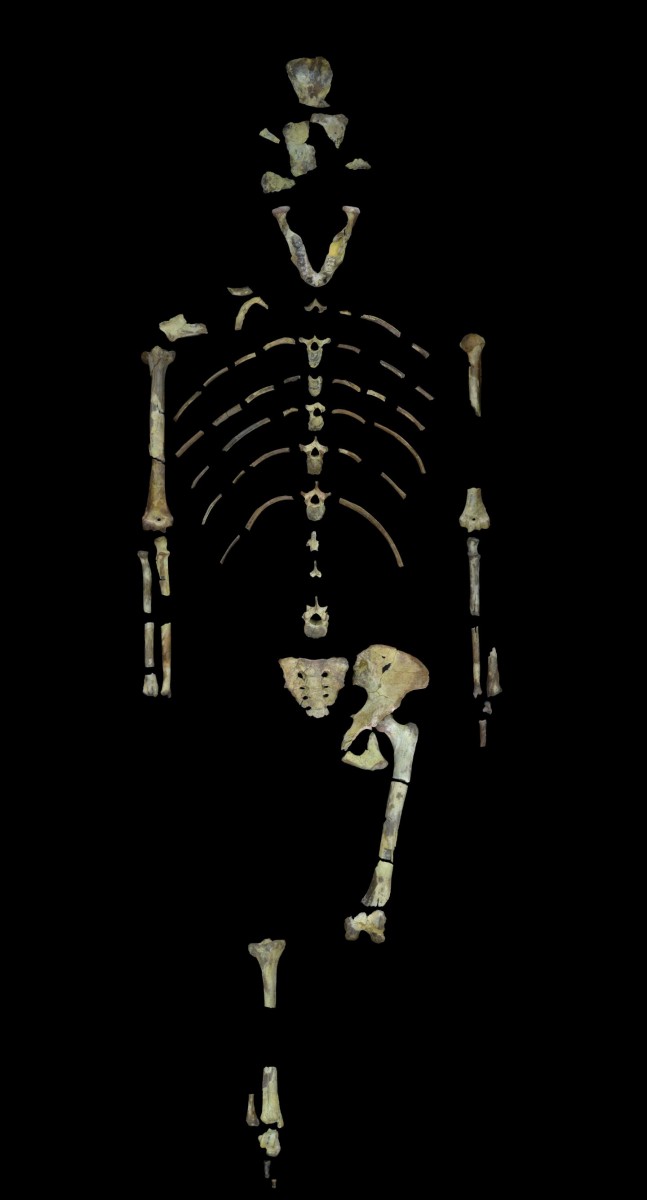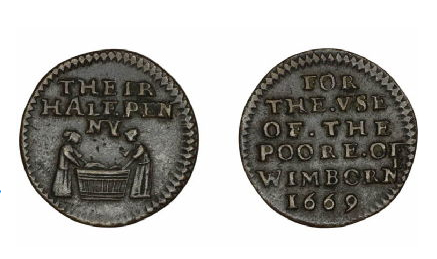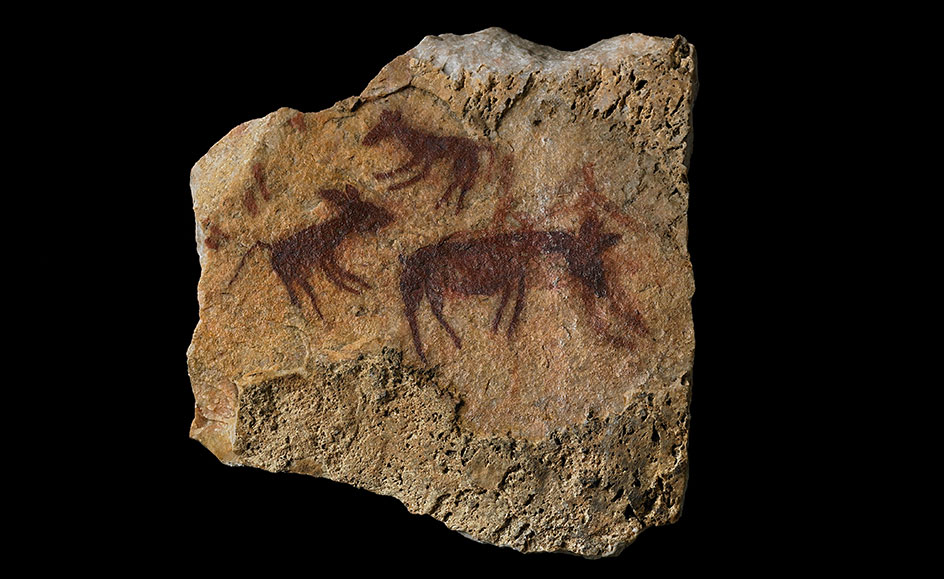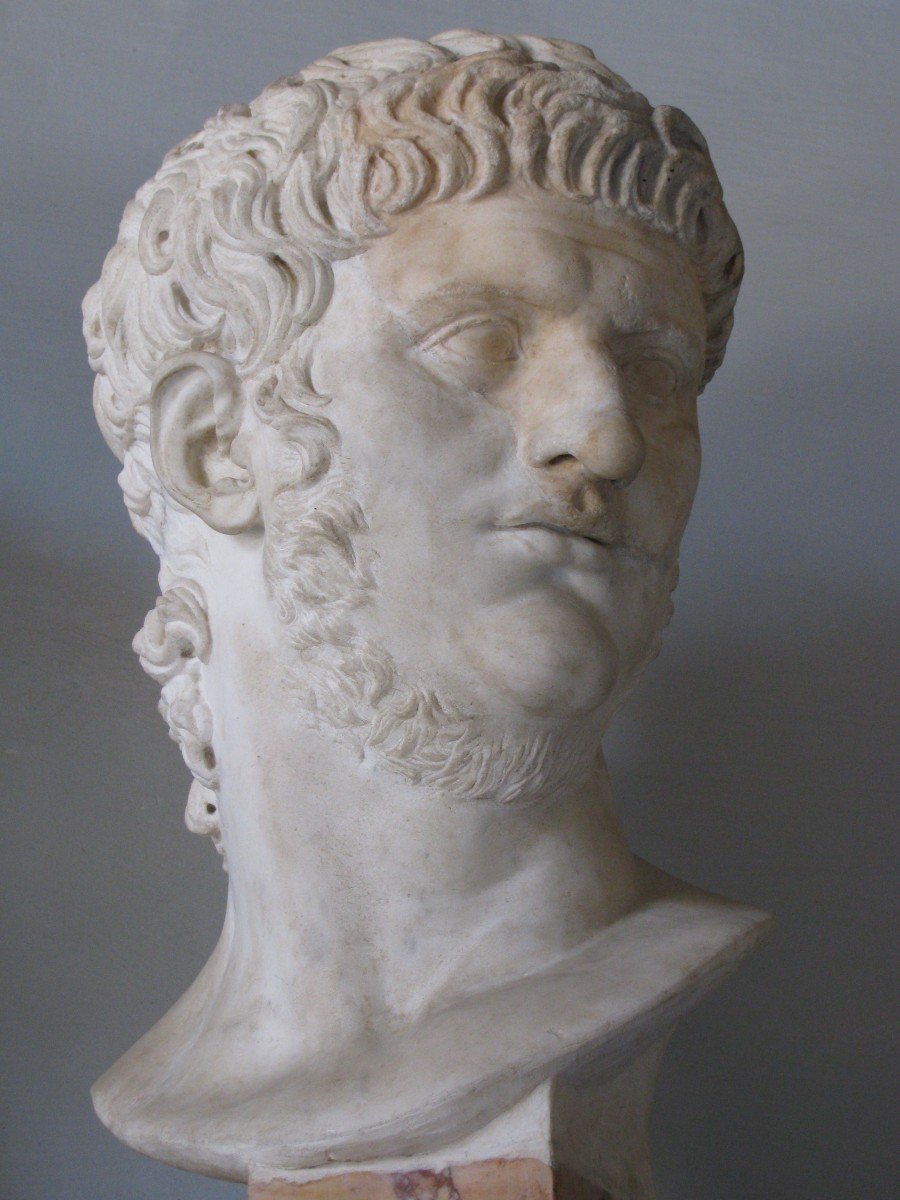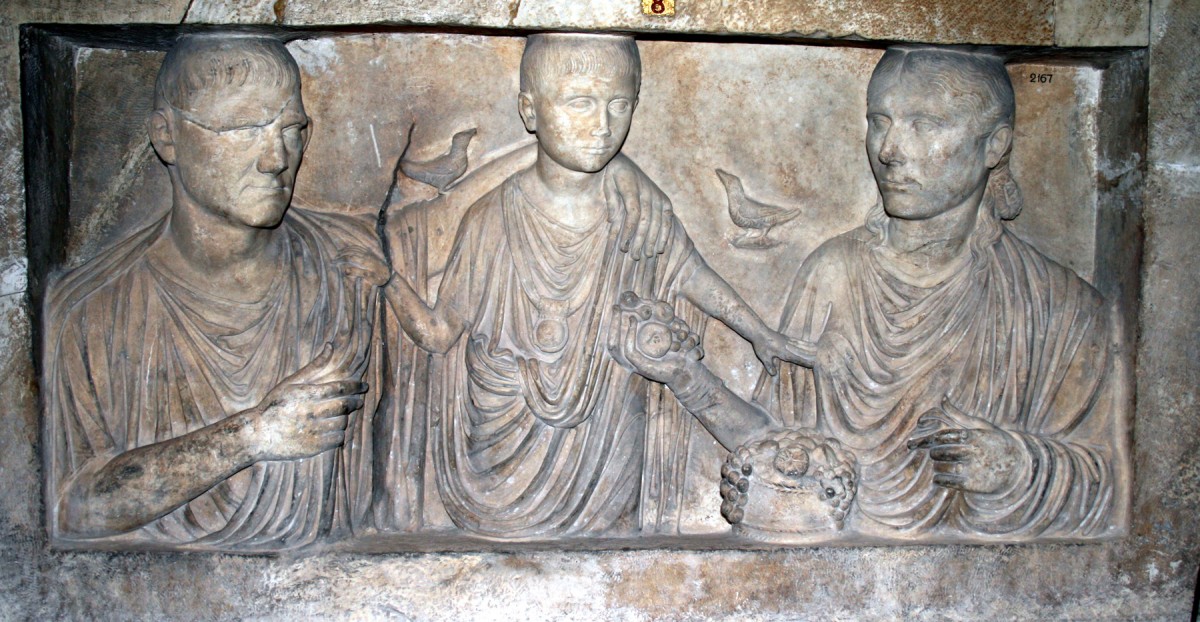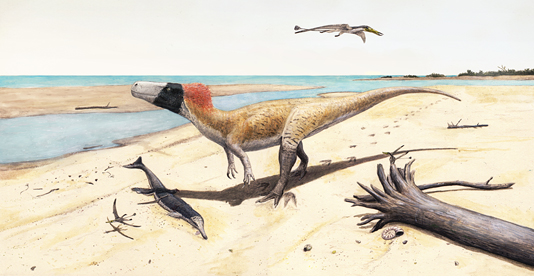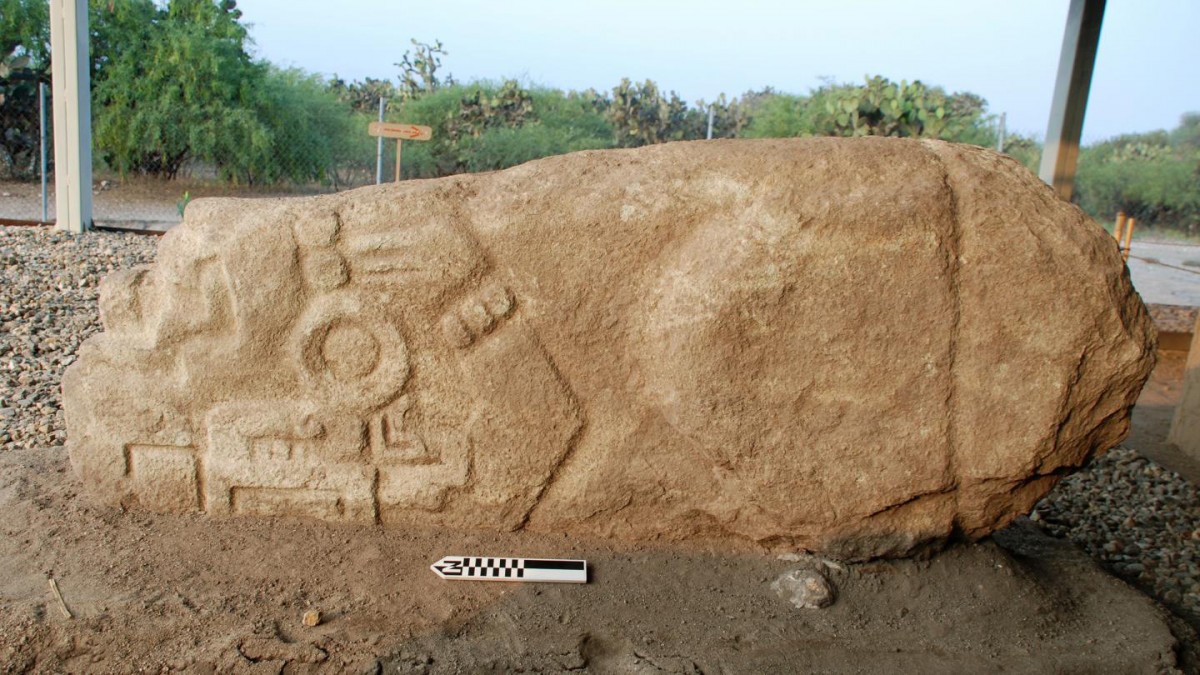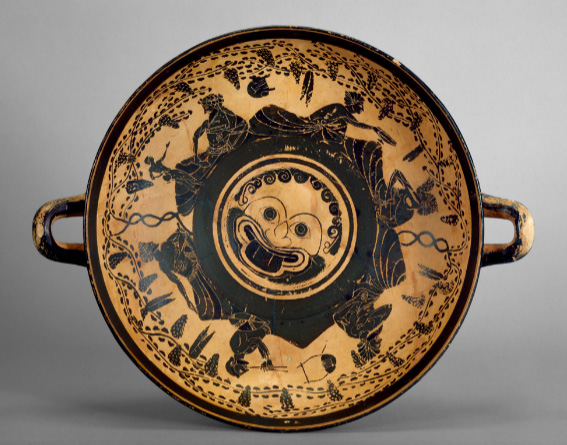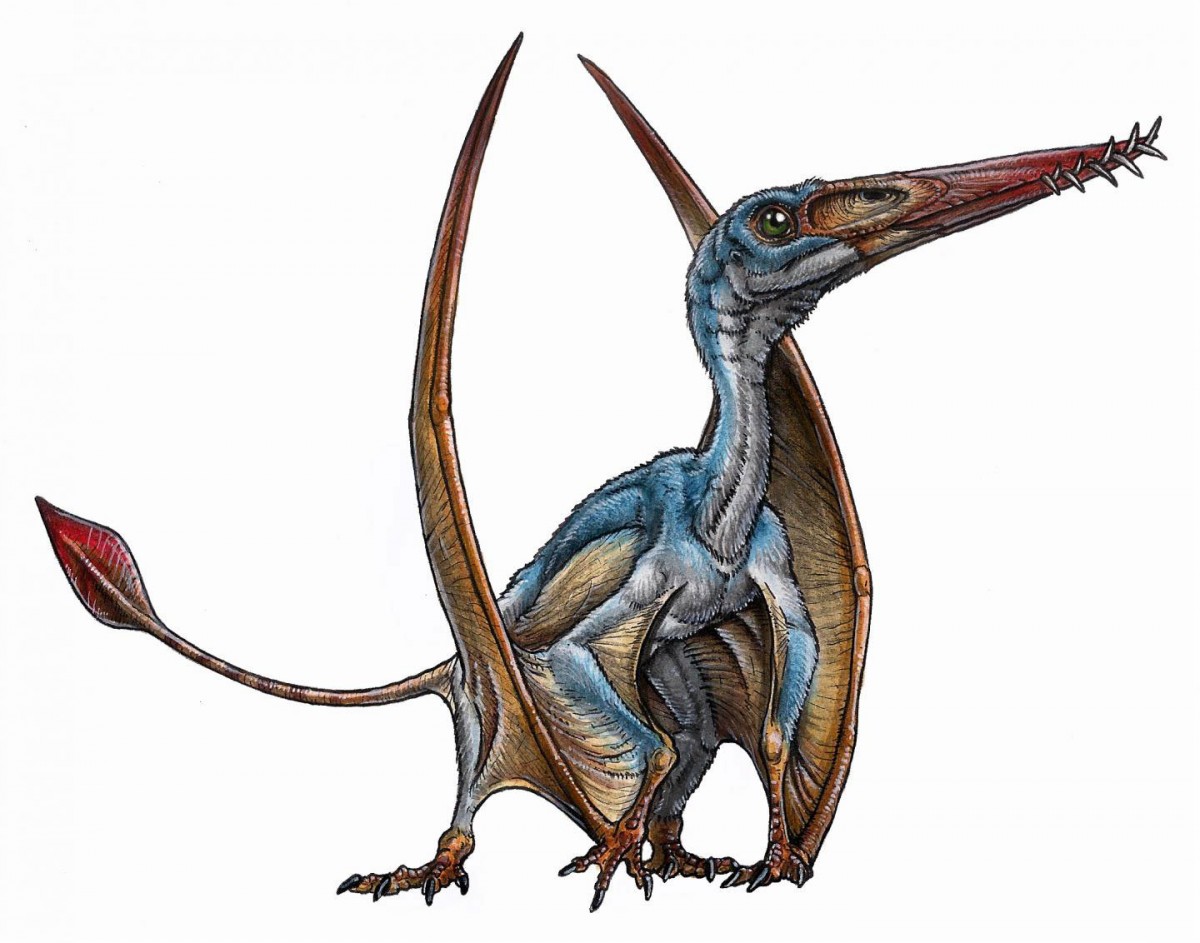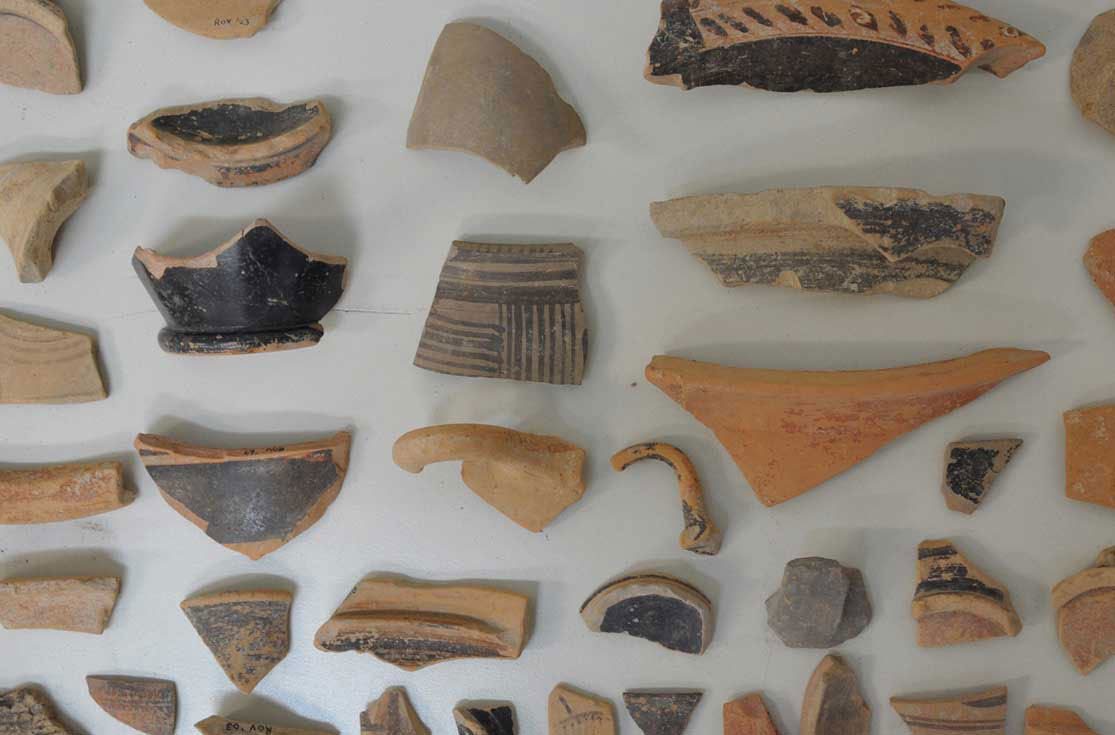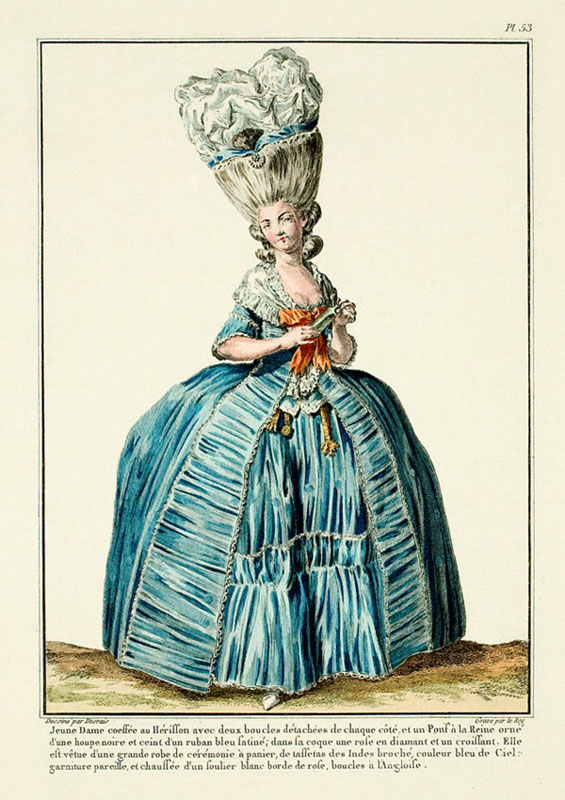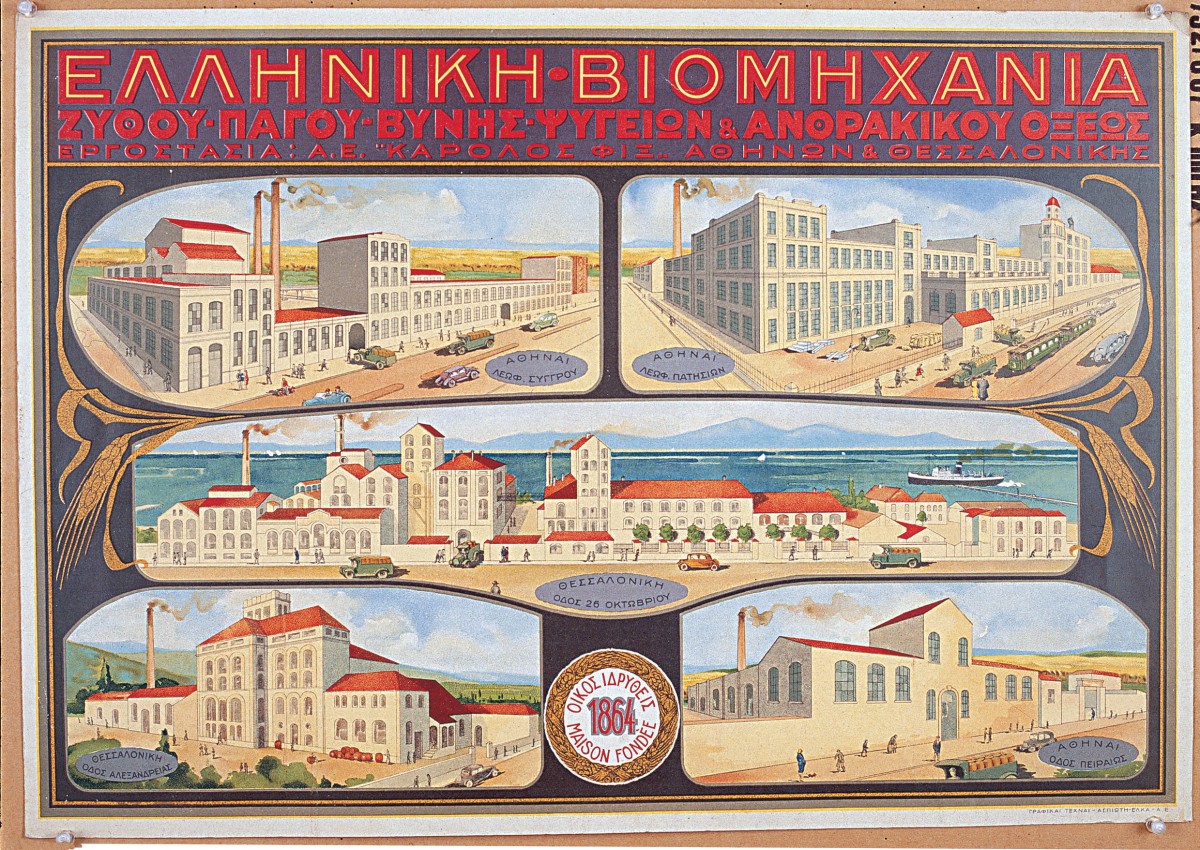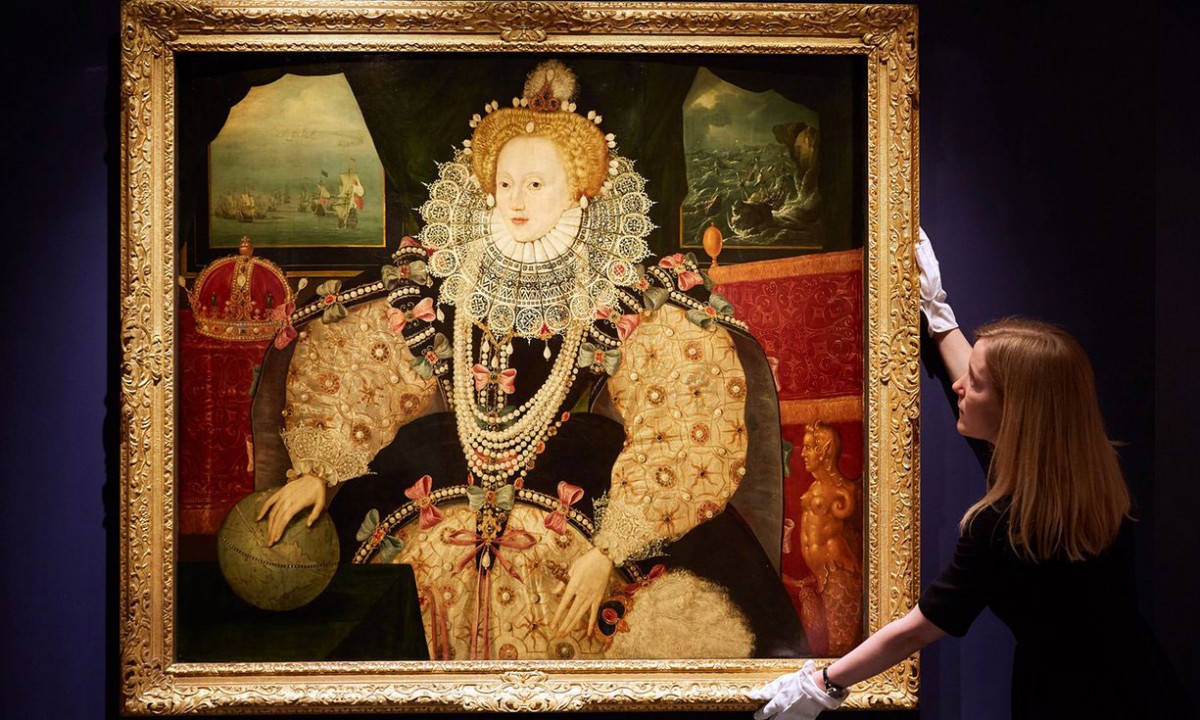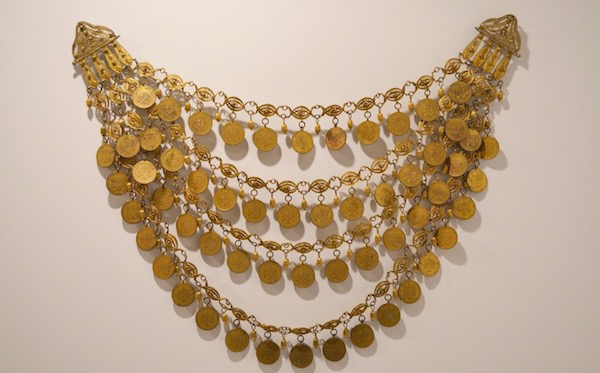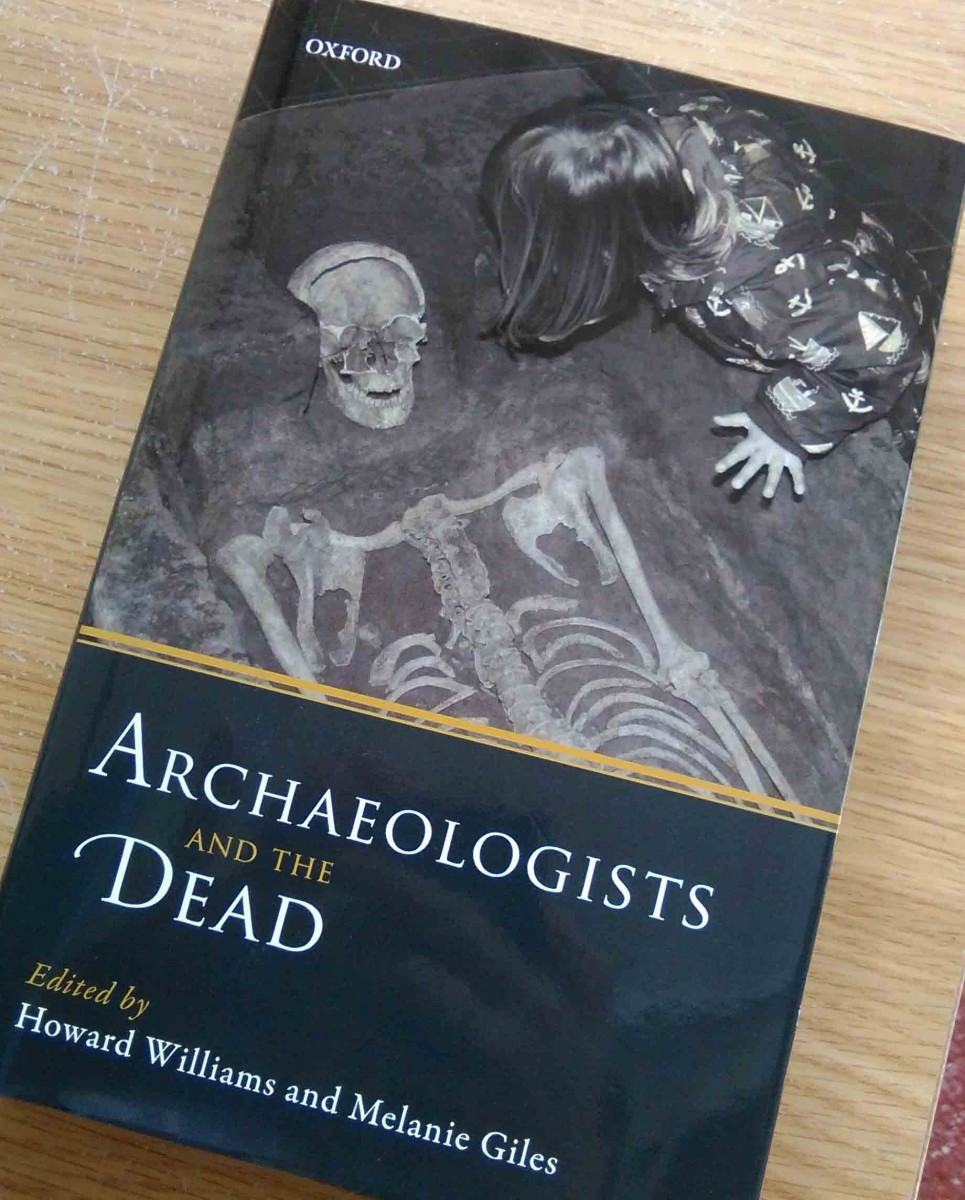Genetics of African KhoeSan populations maps to Kalahari Desert geography
Geography and ecology are key factors that have influenced the genetic makeup of human groups in southern Africa, according to new research.
Ushabti figurine recovered in Mexico is authentic
After a week of analysis, the Ministry of Antiquities has confirmed that the ancient Egyptian Ushabti figurine recently recovered from Mexico is genuine.
13th century Maya codex, long shrouded in controversy, proves genuine
The Grolier Codex proved to be both genuine and likely the most ancient of all surviving manuscripts from ancient America.
Similarities found between how ancient and modern fish survived youth
An international team of scientists has described a rare fossil site that is believed to be among the earliest evidence of different fish species using a common nursery.
Bill Viola’s major new work for St Paul’s Cathedral
Bill Viola’s video installation Mary (2016) will be inaugurated in the North Quire Aisle of Saint Paul's Cathedral on 8 September 2016.
Turkey shuts down Austrian archaeological dig in Ephesus
Austrian archaeologists were left speechless after the Turkish Ministry of Culture and Tourism notified them last week that the Ephesus excavations would have to stop immediately.
Throughout history humans have preferred their pigs to be black
New mutation found that suggests humans across the world have selected and bred black pigs.
Exceptional palaeontological site going back 100,000 years is unearthed in Arrasate
The deposit being explored by a team from the UPV/EHU-University of the Basque Country contains at least 40 species and reflects the fauna in the area during the Upper Pleistocene.
Study Cracks Coldest Case: How the Most Famous Human Ancestor Died
Lucy, the most famous fossil of a human ancestor, probably died after falling from a tree, according to a study appearing in Nature led by researchers at The University of Texas at Austin.
Tokens: Culture, Connections, Communities
Is there a difference between ‘tokens’ and ‘money’, between ‘tokens’ and ‘symbols’, or between tokens and other categories of object? This and many other questions are to be answered in this conference.
Rock art power and symbolism in southern Africa
This display, opening on September 15 in the British Museum, focuses on one central example of rock art and its importance for San|Bushmen.
“Ancients Behaving Badly”
This conference's focus is on examples of bad behaviour in the ancient world, in all its various interpretations.
Family Models: (Inter)Generational and Gender Relations in the Ancient World
The Athens Institute for Education and Research (ATINER) organizes A Panel on Family Models: (Inter)Generational and Gender Relations in the Ancient World, 5-8 June 2017.
A monster put in its place
An analysis of the fossil known as the Minden Monster has enabled paleontologists to assign the largest predatory dinosaur ever found in Germany to a previously unknown genus.
Field Museum scientists unearth centuries-old crocodile stone
The discovery of a carved stone crocodile by Field Museum archaeologists has provided a key to revising long-held ideas about the site of the ancient city of Lambityeco.
Animation brings 2500-year-old vase to life
Oxford academics have teamed-up with an animator to bring ancient Greek vase scenes to life.
New species of pterosaur discovered in Patagonia
Scientists announced the discovery of a new species of pterosaur from the Patagonia region of South America.
Research scholarship on the “dark side” of Vesuvius
The Apolline Project offers four awards for fellow non-Italian researchers in the ongoing season.
Knossos Curatorial Project Internships
A reminder of the upcoming deadline for the internships: Monday 12th September 2016.
The whims of fashion in 18th century France
Through the eyes of two Persian officials in his book “Persian Letters”, Montesquieu outlines French society of the time and among other things makes fun of the sartorial excesses of the French.
The “Charles Fix” brewery
The “Charles Fix” factory was founded by Allatini, Misrachi & Fernandez in Thessaloniki in 1892 as a distillery and later a brewery.
Elizabeth I Armada portrait saved thanks to fundraising campaign
A portrait of Elizabeth I after the defeat of the Spanish Armada has been bought for Britain thanks to a fundraising campaign.
The Art of Adornment
The latest collection from the Benaki Museum to travel to Australia’s Hellenic Museum tells a tale of more than just the wearing of jewellery. Opening Friday 26 August, 2016.
Archaeologists and the Dead
This volume addresses the relationship between archaeologists and the dead, through the many dimensions of their relationships.
